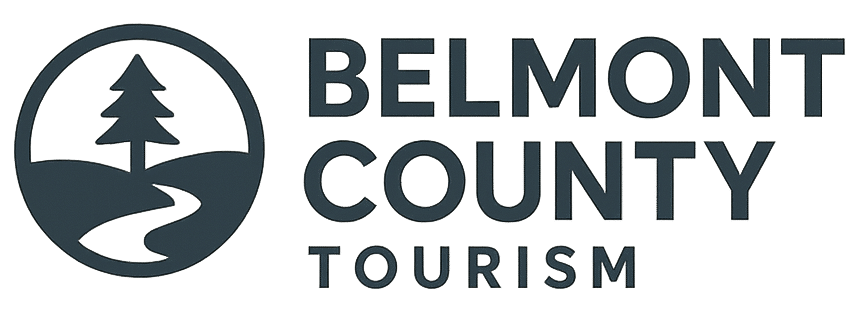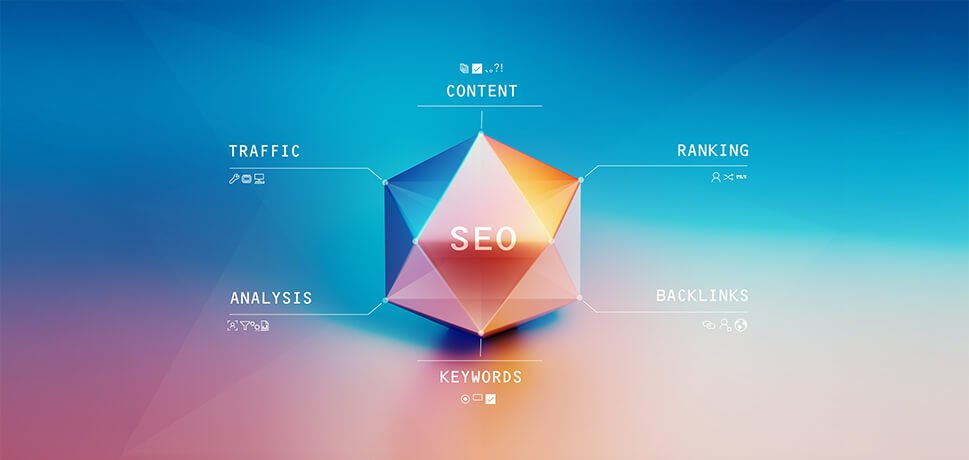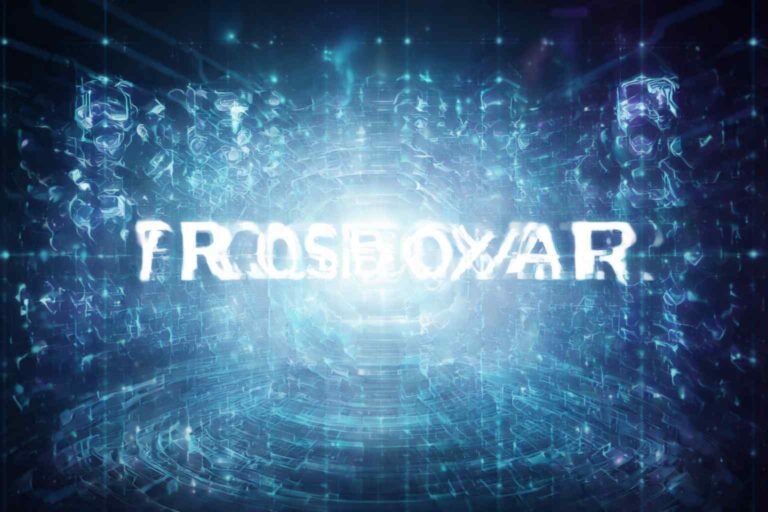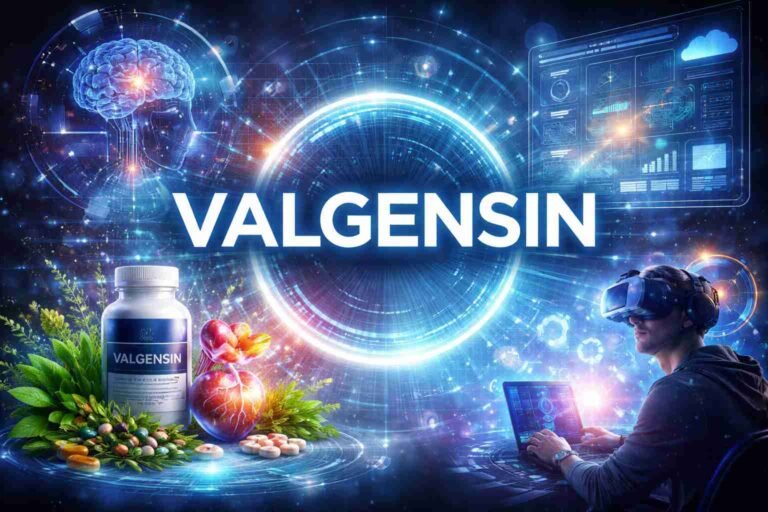Modern Algorithm SEO Tactics: A Comprehensive Expert Guide (2025 Edition)
Search engines evolve daily. Algorithms rewrite ranking rules faster than trends appear. To dominate organic visibility today, one must understand modern algorithm SEO tactics methods aligned with machine learning systems, quality frameworks, and semantic indexing models that drive modern search ecosystems.
This guide defines, analyzes, and applies every advanced element of algorithm-driven SEO.
1. Understanding Modern Algorithm Dynamics
1.1 What Are Modern Search Algorithms?
Search algorithms are computational models that analyze billions of web pages to deliver the most relevant, high-quality result for a query. Modern search algorithms operate through layered systems that evaluate context, meaning, and authority — not just keyword frequency.
They combine:
-
Neural matching models that understand relationships between words and intent.
-
Ranking systems that weigh hundreds of factors like backlinks, engagement, and freshness.
-
Spam filters that detect manipulative link patterns or irrelevant content.
-
User experience metrics that quantify site usability and trust.
1.2 The Core Algorithmic Pillars
Modern algorithms rely on three core pillars:
-
Relevance: How well content aligns with user intent.
-
Authority: How credible and trusted the content source appears.
-
Experience: How easily users can consume the content (speed, structure, clarity).
2. The Evolution of SEO Under Algorithmic Intelligence
2.1 From Keywords to Context
Early SEO rewarded keyword density. Modern SEO rewards contextual meaning. Search engines now use Natural Language Processing (NLP) models like BERT, MUM, and RankBrain to interpret entire sentences, not isolated words.
These systems analyze:
-
Searcher behavior (clicks, dwell time).
-
Query patterns and refinements.
-
Co-occurrence of entities and topical phrases.
2.2 Machine Learning and Predictive Ranking
Machine learning (ML) models predict what users expect next. They learn from user feedback loops. When most users choose a specific result, the system assigns that behavior as a quality signal.
Thus, modern SEO tactics focus on designing content that predicts intent satisfaction — not only ranking but retaining engagement.
3. Core Components of Modern Algorithm SEO
3.1 Semantic SEO and Entity Optimization
Semantic SEO aligns content with meanings and relationships instead of singular keywords.
Entity optimization identifies and structures the “who, what, where, when, and why” behind each topic.
Implementation strategies:
-
Use schema markup for entities like Organization, Author, FAQ, and Product.
-
Include related terms (synonyms, contextual nouns).
-
Reference relevant entities in authoritative sources (Wikipedia, academic studies, patents).
3.2 Topical Authority and Thematic Clusters
Search engines rank topic clusters, not isolated pages.
A website with interlinked subtopics around a central pillar (e.g., “SEO algorithms”) gains topical authority.
Action plan:
-
Create one main pillar page that answers the broad question.
-
Link to multiple cluster pages covering deeper questions.
-
Ensure semantic consistency in headings, meta descriptions, and anchor text.
3.3 Experience, Expertise, Authoritativeness, Trust (E-E-A-T)
E-E-A-T defines modern content credibility.
Algorithms assess whether the author demonstrates firsthand experience, verified expertise, and trust signals such as citations, contact details, and transparency.
Best practices:
-
Add author bios with credentials.
-
Cite peer-reviewed studies or reputable sources.
-
Display last-updated dates to confirm freshness.
4. Technical SEO for Algorithmic Compliance
4.1 Core Web Vitals
Core Web Vitals measure performance quality:
| Metric | Description | Target Benchmark |
|---|---|---|
| Largest Contentful Paint (LCP) | Measures loading performance | ≤ 2.5 seconds |
| First Input Delay (FID) | Measures interactivity | ≤ 100 ms |
| Cumulative Layout Shift (CLS) | Measures visual stability | ≤ 0.1 |
Optimizing these ensures ranking resilience and improves page experience metrics.
4.2 Structured Data & Schema Integration
Structured data helps algorithms “read” your page more accurately.
Implement schema types like:
-
Article,FAQPage,BreadcrumbList,LocalBusiness,Product,Review.
This data increases eligibility for rich results, AI summaries, and voice search responses.
4.3 Mobile-First & Indexing Signals
Mobile-first indexing is now universal.
Ensure:
-
Responsive layouts.
-
Identical content on mobile and desktop.
-
Compressed images and minified scripts.
-
Optimized internal links for mobile navigation.
4.4 Crawlability and Indexation
Search engines cannot rank what they cannot crawl.
Use:
-
XML sitemaps.
-
Canonical tags.
-
Robots.txt validation.
-
Internal links to surface orphaned pages.
5. Content Engineering for Modern Algorithms
5.1 Answer-First Content Strategy
Algorithms extract direct answers to satisfy zero-click results.
Each section must begin with a factual, concise statement that directly addresses the query.
Example:
“RankBrain is a machine learning component that helps Google interpret ambiguous queries.”
Then elaborate with evidence, examples, and supporting data.
5.2 Information Gain Optimization
Information gain refers to original insight unavailable elsewhere.
Google rewards pages that introduce unique data, surveys, or analysis.
To achieve this:
-
Conduct proprietary case studies.
-
Present expert interviews.
-
Include first-party data visualization.
5.3 Depth, Brevity, and Density
Each paragraph should provide maximum information with minimal words.
-
Use short sentences (under 20 words).
-
Remove filler phrases.
-
Maintain high factual density (data, dates, entities).
6. Off Page Signals & Authority Building
6.1 Quality Link Ecosystem
Modern link building prioritizes contextual authority, not volume.
The algorithm values relevance of the linking site and the semantic similarity between linked pages.
Tactics:
-
Acquire links from topic-related publications.
-
Use digital PR campaigns to earn citations.
-
Avoid link exchanges or mass directories.
6.2 Brand Mentions and Implied Links
Algorithms can interpret unlinked mentions as brand signals.
Frequent brand citations on reputable platforms strengthen trust even without hyperlinks.
How to increase mentions:
-
Participate in expert roundups.
-
Publish data reports journalists can reference.
-
Collaborate on community-driven industry research.
6.3 Reputation and Trust Validation
Search engines monitor brand sentiment across platforms.
Maintain consistency in:
-
Google Business Profiles.
-
Social bios and citations.
-
Review scores and response rates.
Positive signals reinforce perceived legitimacy.
7. Behavioral Metrics & User Signals
7.1 Engagement Quality
Search engines interpret user behavior metrics such as:
-
Click-through rate (CTR) from SERPs.
-
Dwell time — duration users stay on a page.
-
Bounce rate and return-to-SERP signals.
High engagement reflects relevance and satisfaction.
7.2 Content Layout and Readability
Readable content retains users longer.
Structure with:
-
Descriptive H2/H3 headings.
-
Lists and tables for scannability.
-
Consistent formatting for NLP clarity.
7.3 Video and Interactive Elements
Video integration improves dwell time and enhances semantic richness.
Interactive charts, infographics, and tools create higher behavioral metrics favored by algorithms.
8. Advanced Modern Algorithm SEO Tactics
8.1 Entity-Based Internal Linking
Link internal pages around entities rather than random anchor texts.
Example: instead of “click here,” use “algorithmic SEO techniques” to reinforce entity relationships.
8.2 AI-Assisted Content Analysis
AI tools can now simulate Google’s NLP scoring.
Use them to test your content’s topic coverage, readability, and salience ranking.
Then manually adjust structure and language for natural flow.
8.3 AEO – Answer Engine Optimization
AEO focuses on optimizing content for AI-driven answer boxes, voice assistants, and generative results.
To adapt:
-
Start answers immediately after questions.
-
Maintain factual tone and source attribution.
-
Use concise definitions under 40 words.
8.4 Continuous Update Strategy
Algorithms favor freshness.
Update your key pages quarterly with new statistics, visuals, or events.
Include updated schema dateModified tags to signal recency.
9. Algorithm Update Resilience Framework
Algorithm updates are inevitable. Preparing ensures stability.
Resilience checklist:
-
Maintain topic relevance and user intent alignment.
-
Remove low-quality or outdated pages.
-
Merge duplicate or thin content into richer clusters.
-
Track traffic shifts post-update.
-
Document all content changes for historical benchmarking.
Best Monitoring Tools:
-
Google Search Console (impressions, CTR).
-
Semrush Sensor (update volatility).
-
Ahrefs Rank Tracker (position trendlines).
10. The Future of Algorithmic SEO
10.1 Search Generative Experience (SGE)
Google’s Search Generative Experience integrates AI-generated overviews.
Websites optimized with clear answers, credible citations, and structured data have a higher chance of inclusion.
10.2 Multimodal Indexing
Search will soon merge text, image, and video understanding.
Content combining text + visual context will dominate future rankings.
10.3 Decentralized Search Signals
Algorithmic SEO will increasingly factor in off-platform signals — community discussions, embedded mentions, and voice search patterns.
10.4 Sustainability and Trust
Algorithmic models will prioritize digital ethics, transparency, and sustainability reporting as ranking differentiators.
11. Modern Algorithm SEO Checklist
| Category | Primary Focus | Action Step | Algorithmic Benefit |
|---|---|---|---|
| Content | Answer-First Writing | Start with factual sentences | Improves snippet extraction |
| Authority | Topical Clusters | Build interlinked supporting pages | Enhances topical strength |
| Technical | Core Web Vitals | Optimize LCP, FID, CLS | Improves user satisfaction |
| Trust | E-E-A-T Signals | Display credentials and sources | Boosts quality perception |
| Off-Page | Link Quality | Earn niche-relevant backlinks | Strengthens reputation |
| Behavioral | Engagement Rate | Improve UX, readability | Signals positive relevance |
| Freshness | Update Frequency | Quarterly audits | Maintains ranking consistency |
12. Best Practices for Implementation
-
Audit entire site for crawl issues, indexation gaps, and outdated URLs.
-
Segment content into topic clusters aligned with business objectives.
-
Use schema everywhere — articles, FAQs, breadcrumbs, reviews.
-
Benchmark competitors using entity-based comparisons.
-
Integrate multimedia to boost engagement metrics.
-
Monitor algorithms and adjust quarterly.
-
Build brand equity through public trust, not shortcuts.
13. Modern Algorithm SEO Tactics in Practice
Here’s a concise implementation roadmap professionals follow:
-
Define intent → Identify what users expect from target keywords.
-
Map entities → Use NLP tools to detect missing related terms.
-
Rebuild structure → Ensure every page answers a direct query.
-
Earn mentions → Secure contextual links and citations.
-
Measure results → Analyze impressions, CTR, and engagement.
-
Refine → Update with new evidence and feedback loops.
This cyclical model mirrors how algorithms evolve — adapt, measure, and refine continuously.
14. Common Mistakes to Avoid
| Mistake | Impact | Prevention |
|---|---|---|
| Keyword stuffing | Triggers spam filters | Use semantic variations |
| Duplicate content | Cannibalizes ranking | Consolidate pages |
| Ignoring technical SEO | Index loss | Run monthly audits |
| Over-automation | Reduces originality | Human edit all content |
| Neglecting E-E-A-T | Trust deficit | Cite experts and sources |
Avoiding these ensures long-term stability and growth.
15. Frequently Asked Questions (FAQs)
Q1: What defines modern algorithm SEO tactics?
Modern algorithm SEO tactics refer to optimization strategies that align with AI-driven ranking systems like RankBrain, BERT, and MUM. These tactics emphasize semantic structure, user intent, E-E-A-T signals, and technical compliance.
Q2: How often should content be updated to maintain rankings?
High-value pages should be reviewed every three months. Minor updates, schema changes, or data refreshes signal algorithmic freshness and help retain rankings.
Q3: Does link quantity still matter in 2025?
Quality outweighs quantity. A single contextual link from a high-authority domain provides more algorithmic weight than dozens of irrelevant backlinks.
Q4: How can AI tools support SEO work without triggering penalties?
AI tools should support analysis and structure, not replace human judgment. Use them to test entity coverage or readability, but always human-edit the final draft.
Q5: Which metrics define SEO success under modern algorithms?
Key metrics include organic CTR, dwell time, returning visitors, backlink quality, and structured data performance in rich results.
Q6: How does E-E-A-T affect ranking stability?
E-E-A-T acts as a trust layer. Algorithms assign greater stability to sources that demonstrate verified expertise and real-world authority.
Learn More: 7 Hidden Truths About Streameast IO Soccer Revealed Now
Kindle SVCS Charge: Complete Guide to Amazon Digital Billing
16. Conclusion
Modern algorithm SEO tactics blend data science, linguistic precision, and human authenticity.
To rank first, you must engineer clarity, prove authority, and sustain user trust.







